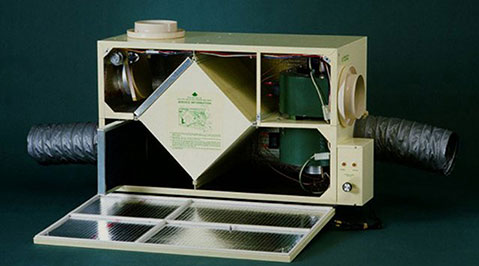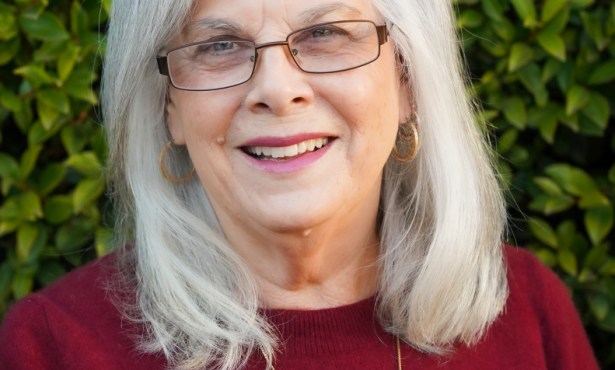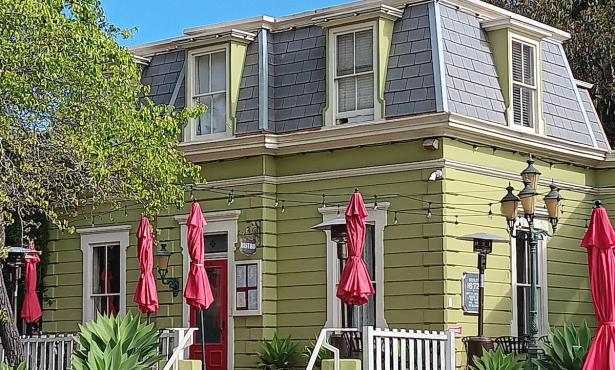Green Your Crib: HRVs Help Homes Be Tight and Healthy

Many people still believe that a house can be over insulated and sealed too tightly. They are convinced that such a house will have unhealthy air and be contaminated with toxins. Such thinking confuses tightness and air quality. Houses need to be constructed as tightly as possible. However, as they become ever tighter, for energy-conserving reasons, mechanical ventilation becomes a necessity. Controlled ventilation is the best strategy for dealing with outgassing and inadequate air changes. A heat recovery ventilator (HRV) is one device that provides automatic fresh air while exhausting stale air, thereby creating a healthy indoor environment.
Because the heat exchanger in these appliances transfers heat from one air stream to another, many people, even some builders, refer to these units as space heaters. They are not. During the winter, operating an HRV will actually lower the indoor air temperature as it pulls the warm, stale indoor air through the heat exchanger, transferring most of its heat to the cool, incoming fresh-air stream — but not 100 percent of it. The efficiency of the heat transfer is around 80 percent. An HRV, however, is much more effective than cracking a window in winter where any escaping air takes the maximum amount of heat with it and the incoming fresh air is not preheated in any way.
While it’s true that an HRV recovers heat that might otherwise escape to the great outdoors, operating one will not lower your energy bills. The Panasonic units that I like service a home of about 2,000 square feet and cost about $350. They use less electricity than a 40-watt lightbulb (actually 23 watts), are easy to install, and operate very quietly. They are typically installed in a hall ceiling and have two four-inch ducts that run in the attic to the exterior.
As a stand-alone device, an HRV uses a small amount of power, but compared to the cost of heating cold winter air that enters through a window in a home without mechanical ventilation, there is a big net saving on energy bills.
Another confusion is that because an HRV brings air in from the outdoors, people think it can provide makeup air for the kitchen range-hood fan that can cause depressurization problems. Being a balanced ventilation device — providing the same rates of incoming and outgoing air — it does not add any additional air and therefore does not rectify the negative pressure created by any appliance that sucks air out of the house.
An HRV can be a key component in making a tight house also a healthy one. By providing a quiet, constant flow of preheated fresh air at low cost, the HRV is fast gaining acceptance.



